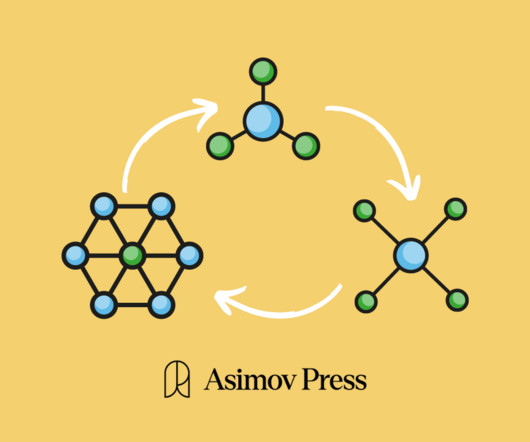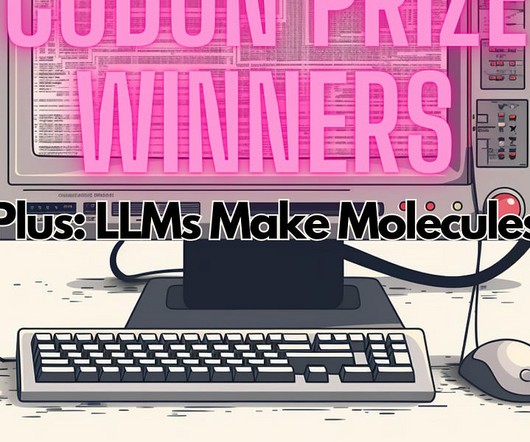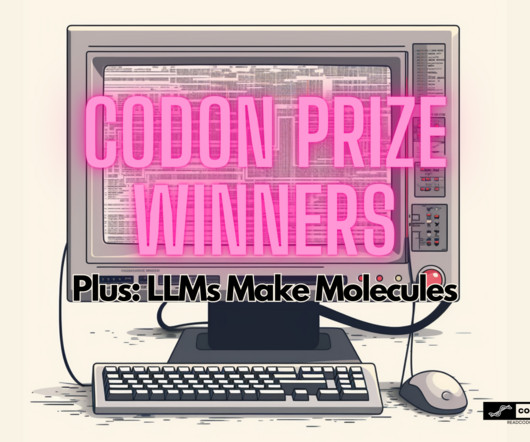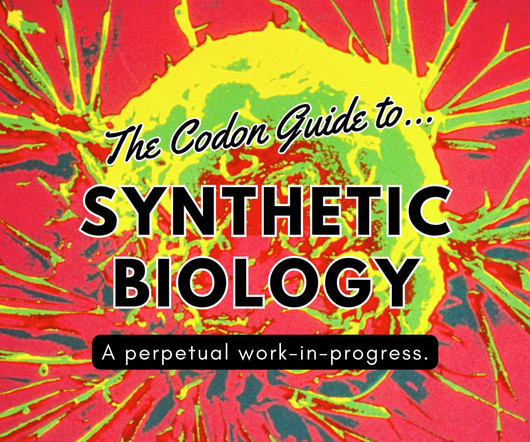CRISPR breakthroughs: New solutions for common diseases
Drug Discovery World
JULY 18, 2023
Rolf Turk , Senior Manager, Genomics Medicine at Integrated DNA Technologies, examines how CRISPR is being used to enhance cancer therapies. CRISPR also addresses another limitation in CAR T therapies related to the insufficient quantity and poor quality of autologous T cells.
















Let's personalize your content